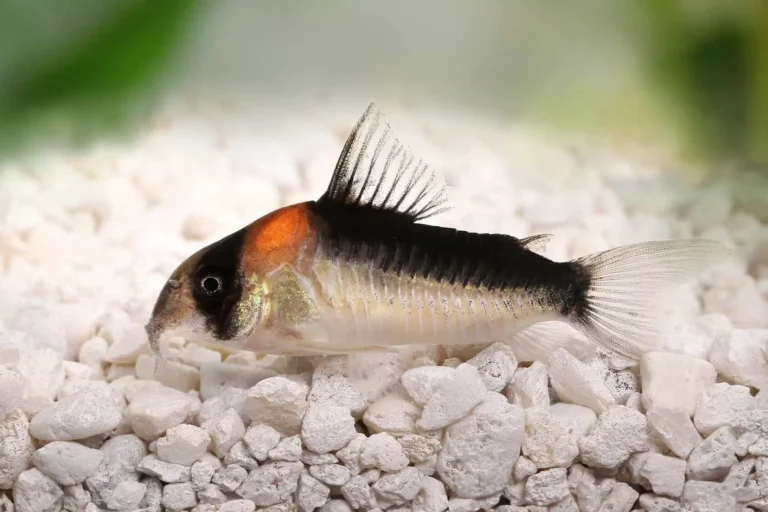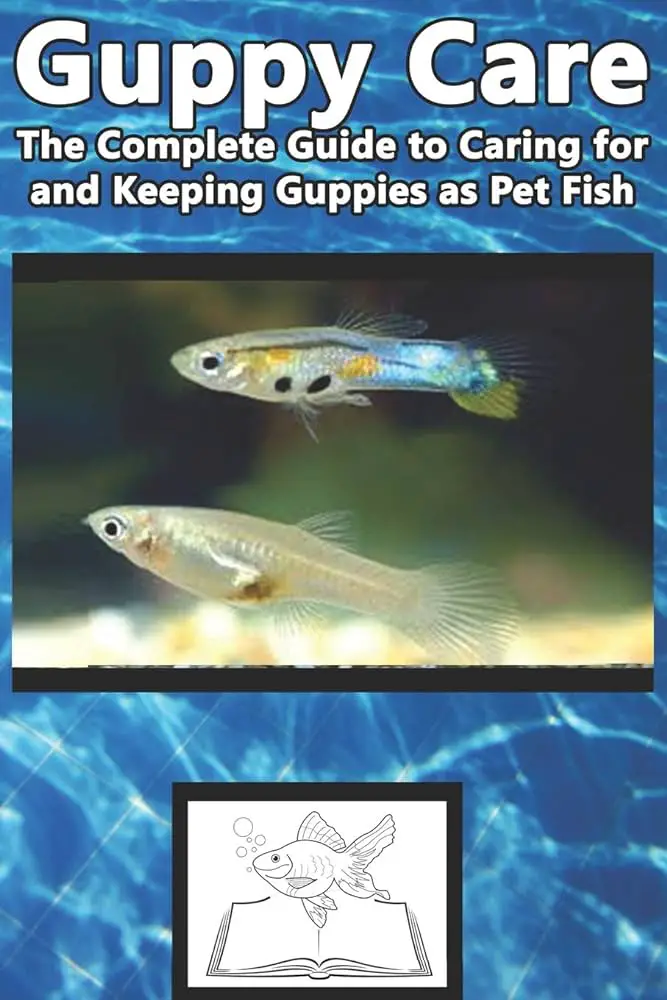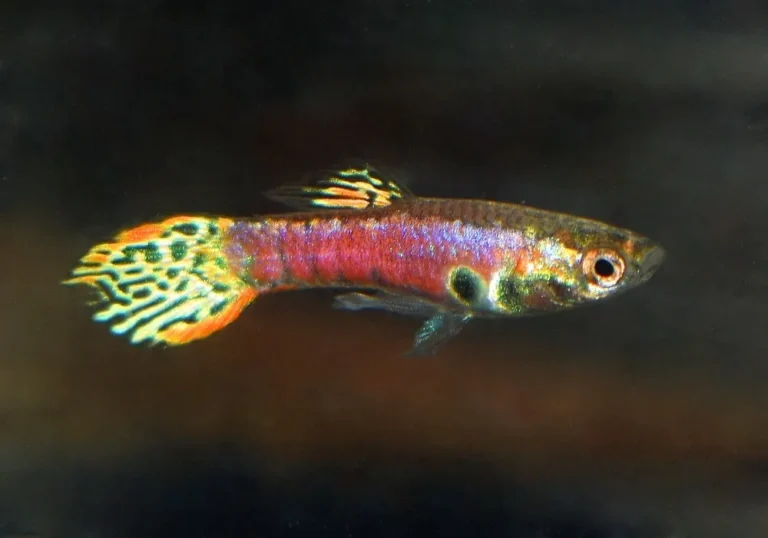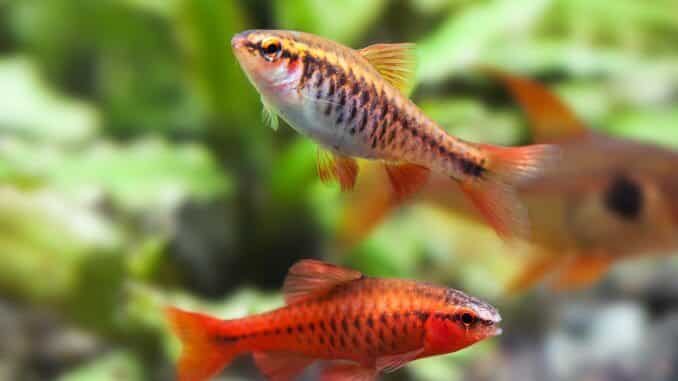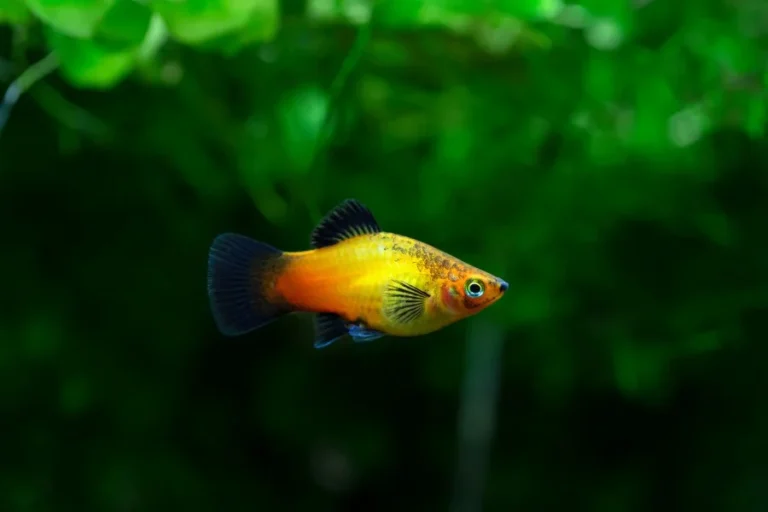The Neon Tetra: A Colorful and Peaceful Addition to Your Community Aquarium
Welcome to the vibrant world of the neon tetra, a fish as lively as the colors of its namesake. Whether you’re a beginner enthusiast just setting up your first aquarium or a seasoned hobbyist looking to add a showcase species to your collection, the neon tetra is a stellar choice. Renowned for its vibrant hue and peaceful demeanor, this small, lively fish brings a kaleidoscope of colors and a sense of tranquility to any community aquarium.
In this extensive guide, we will take you through every aspect of caring for these dazzling tiny fish, from understanding their natural behavior to creating an environment that allows them to thrive, and even venturing into the intricate process of neon tetra breeding.
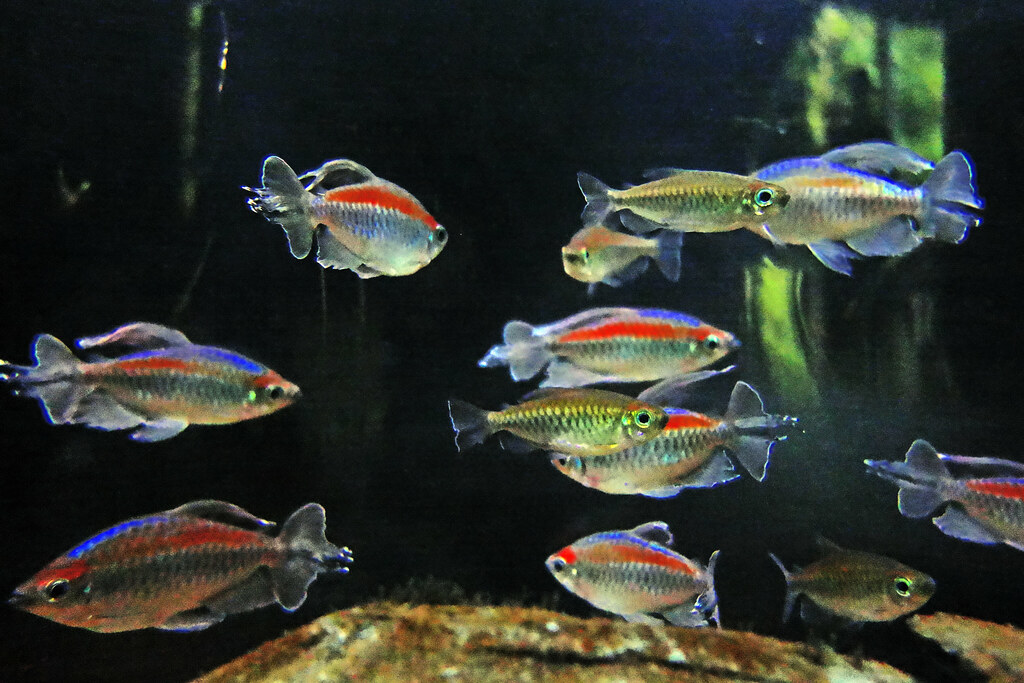
Neon Tetra Overview
Before you “dive” into bringing these little wonders home, it is necessary to familiarize yourself with the basics. Neon tetra, scientifically known as Paracheirodon innesi, is a small species of freshwater fish native to the slow-moving waters of the Amazon basin. They are a common staple of the aquarium trade, and are loved for their iridescent blue and red stripes that run along their neat bullet-shaped bodies.
Physical Characteristics
Neon tetras are characterized by their semi-transparent hue, which makes their vibrant lateral lines even more eye-catching. Typically growing to around an inch and a half in length, they aren’t the largest fish in the community tank, but their coloring more than compensates for their diminutive size.
Natural Habitat
Found in areas with dense vegetation, the Amazon River and its tributaries provide neon tetras with a natural habitat that is warm, soft, and acidic. In the wild, these social fish are part of a large school, which provides them with a sense of security.
Behavior in a Community Aquarium
When brought into a home aquarium, neon tetras will often form schools, particularly when kept in the recommended group size of six or more. They are peaceful and don’t pose a threat to other tank mates, making them an excellent choice for a community tank.
Setting up the Ideal Environment
The key to keeping neon tetras happy and healthy lies in recreating the ideal environment of the Amazon waters within your aquarium.
Tank Size and Setup
Due to their small size, a 10-gallon tank can be a comfortable home for a small group of neon tetras, but larger sizes are recommended for more significant schools or when combined with other species. Ensure the tank has ample space for swimming and carefully consider the layout to include hiding spots among live plants and decorations.
Water Parameters
Maintaining specific water parameters is crucial for neon tetras. The optimal temperature range is between 70°F and 81°F, with a pH between 6.0 and 7.0. Ammonia and nitrite levels should always be at 0 ppm, while nitrates should be kept below 20 ppm.
Compatible Tank Mates
Given their peaceful nature, neon tetras are best kept with other non-aggressive fish. Species such as guppies, dwarf gouramis, and Corydoras catfish make excellent companions. Be sure to avoid larger or more aggressive species that may see your tetras as a snack!
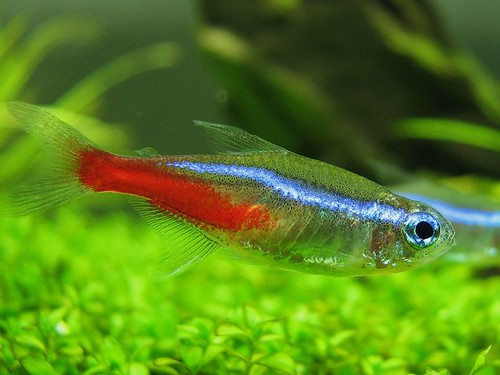
Feeding and Care
Neon tetras are not particularly demanding when it comes to their diet, but a balanced feeding regimen is essential for their well-being.
Diet Requirements
In the wild, neon tetras are omnivores, feeding on a varied diet that includes small crustaceans, insects, and algae. In a home aquarium, this diet can be replicated with high-quality flake food supplemented with frozen or live foods like bloodworms, brine shrimp, and daphnia.
Health Considerations
Neon tetras are hardy fish, but they are not immune to disease. Common illnesses that can affect them include Ich, fin rot, and neon tetra disease. Maintain good water quality, avoid overcrowding, and quarantine new fish to help prevent diseases from entering your tank.
Maintenance Tips
Regular water changes are vital to the well-being of your neon tetras. Aim to change 25% of the water every two weeks, testing the water frequently to ensure that the parameters remain stable. Use a siphon to vacuum the substrate and remove any detritus, which can reduce the buildup of harmful compounds.
Breeding Neon Tetras
Witnessing the courtship and breeding of neon tetras can be a rewarding experience for the aquarist. Although not the easiest fish to breed in captivity, it can be done under the right conditions.
Conditions for Breeding Success
Breeding neon tetras require specific conditions, including a well-planted tank for egg-laying, soft and slightly acidic water, and a higher temperature in the tank (around 80°F). A separate breeding tank or enclosure is often used to protect the eggs from being eaten by other tank mates.
Caring for Fry
Neon tetra fry are incredibly tiny and need to be fed microscopic foods, such as infusoria, for the first few days. After that, they can be gradually introduced to larger foods. They are sensitive to water conditions, so maintaining pristine water quality in the breeding tank is essential.
Conclusion
The neon tetra is a fish that brings not only color but also a sense of peace to your home. By understanding their needs and providing them with an environment as close to their natural habitat as possible, you can ensure many healthy and vibrant years in your aquarium. For those willing to take on the challenge, the potential to breed these beautiful creatures is just one more rewarding opportunity that this species offers.
Remember, success with neon tetras, or any fish for that matter, often lies in patience, observation, and a commitment to providing the best care possible. Now, go forth and introduce the shimmering beauty of the neon tetra into your aquatic world!


